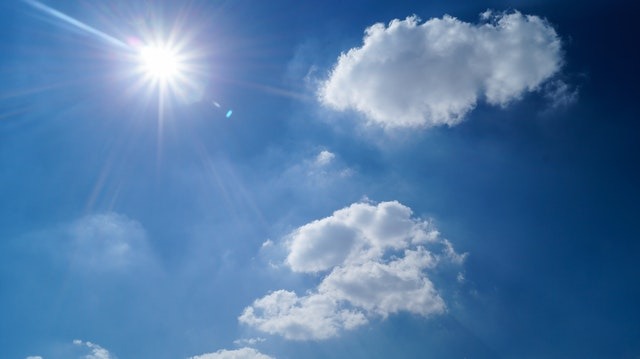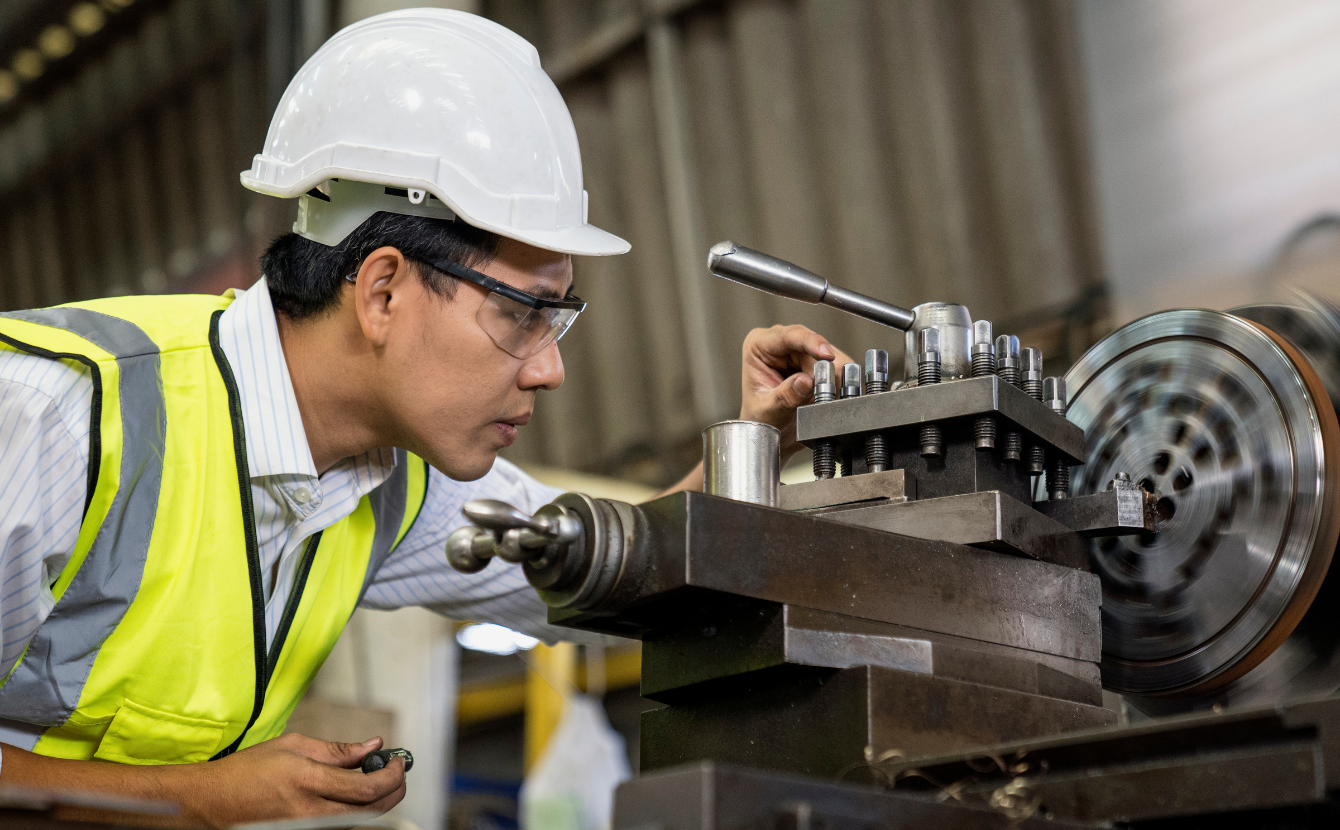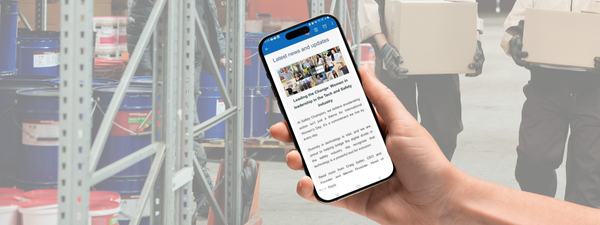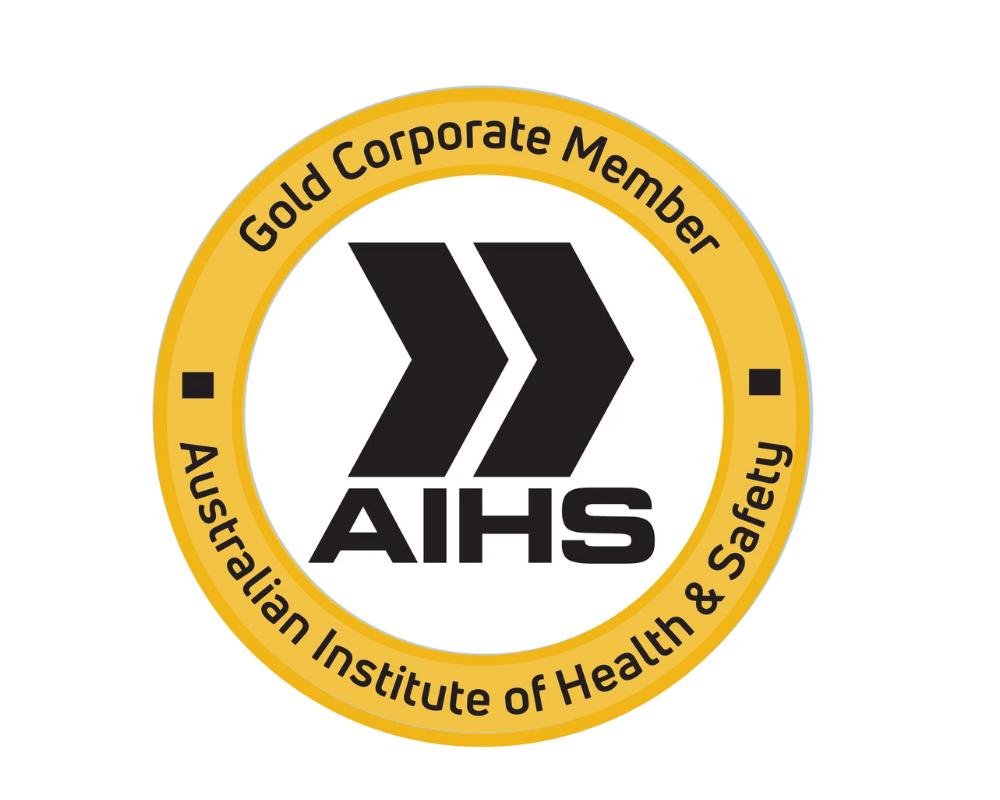Summer is here in the southern hemisphere! As such, organisations in which workers work outdoors or inside factories or sheds, should now be considering how they plan to manage the following when working outdoors this summer:
Heat Stress
Hydration
Ultra-Violet (UV) Radiation
What is Heat Stress?
Heat stress occurs when the body cannot sufficiently cool itself. Factors that contribute to heat stress in summer may include ambient temperature, humidity, air-movement, radiant heat, inappropriate clothing, and physical exertion.Signs and symptoms of heat illness include feeling sick, nauseous, dizzy or weak. Workers who experience heat illness may also feel clumsy, collapse or experience convulsions. If symptoms occur, workers should immediately seek first-aid or medical assistance, rest in a cool and well-ventilated area, and drink cool fluids.Workplace health and safety laws require the working environment, so far as is reasonably practicable, to be safe and without risks to health and safety. This includes illness from working in heat. Please note that whilst articulated in this article, heat stress can occur all year round in work environments where hot work takes place.Ways to Prevent Heat Stress
Heat stress can be minimised through the consideration and if possible, implementation of several controls. These include:Rescheduling tasks to ensure that tasks with a greater physical requirement are performed during the cooler parts of the day.
Identifying methods to rotate between hot jobs or arranging/skilling more workers to share the job.
Identifying, then procuring, mechanical aids (or plant) that may reduce physical exertion, or eliminate the requirement to work in the heat.
Wearing light and loose-fitting clothing (preferably cotton) that provides adequate sun protection. Outdoor workers should be provided with PPE against UV radiation, such as wide brim hat, loose fitting, long-sleeved collared shirt and long pants, sunglasses and sunscreen.
Providing fans or installing air conditioners or coolers to reduce air temperature and generate/increase air movement. Increased air movement will support evaporative cooling.
Installing shade cloth, blinds or similar to reduce the radiant heat from the sun.
Establishing defined rest and hydration breaks.
Providing workers with information, instruction and training on heat- illness and on first aid.

